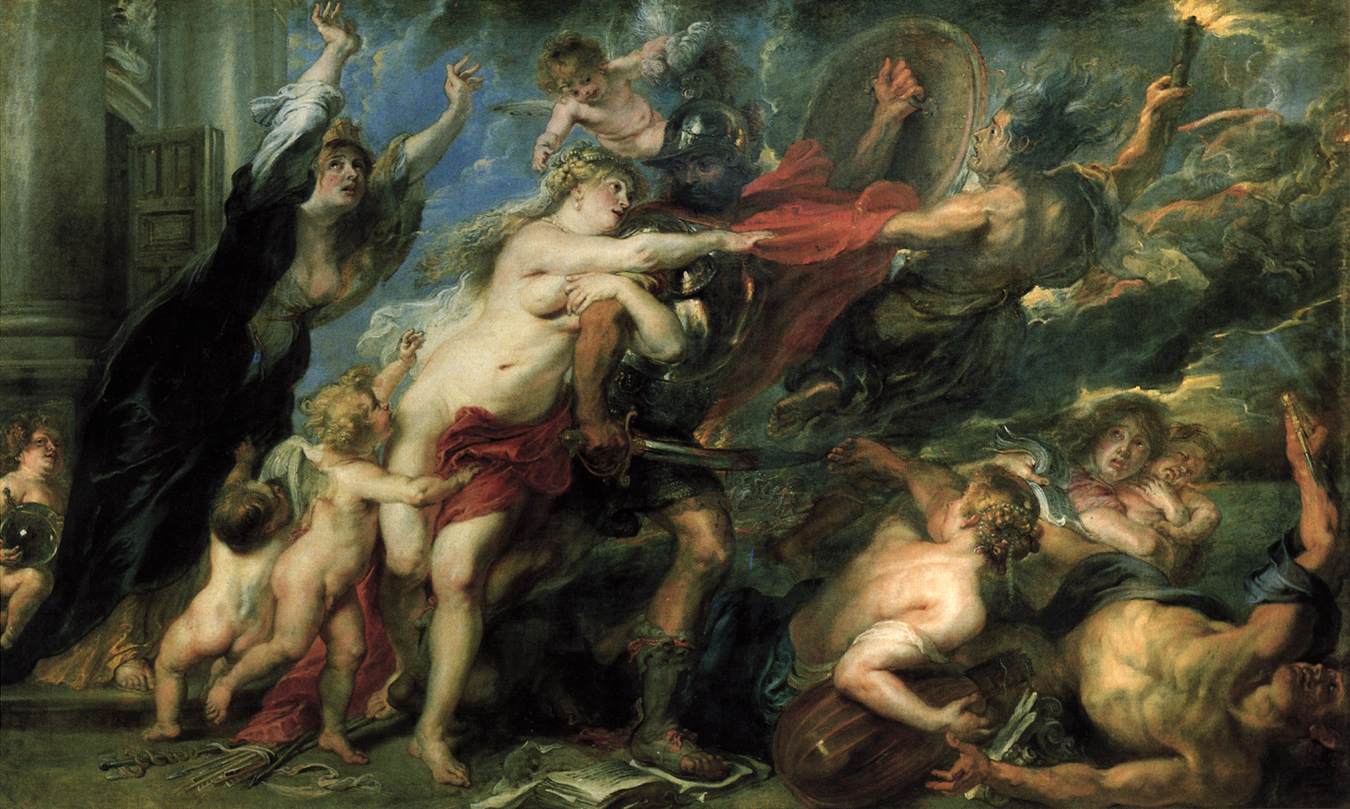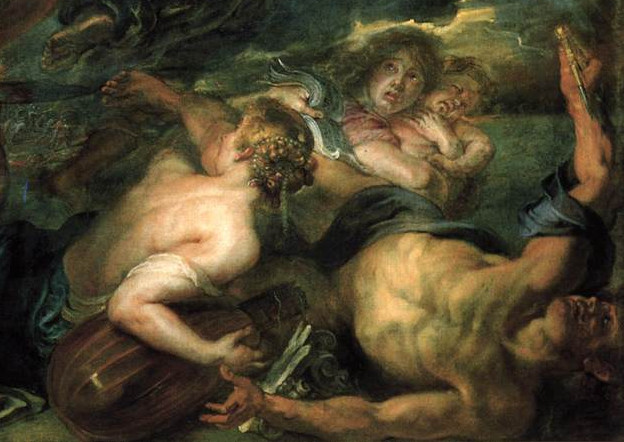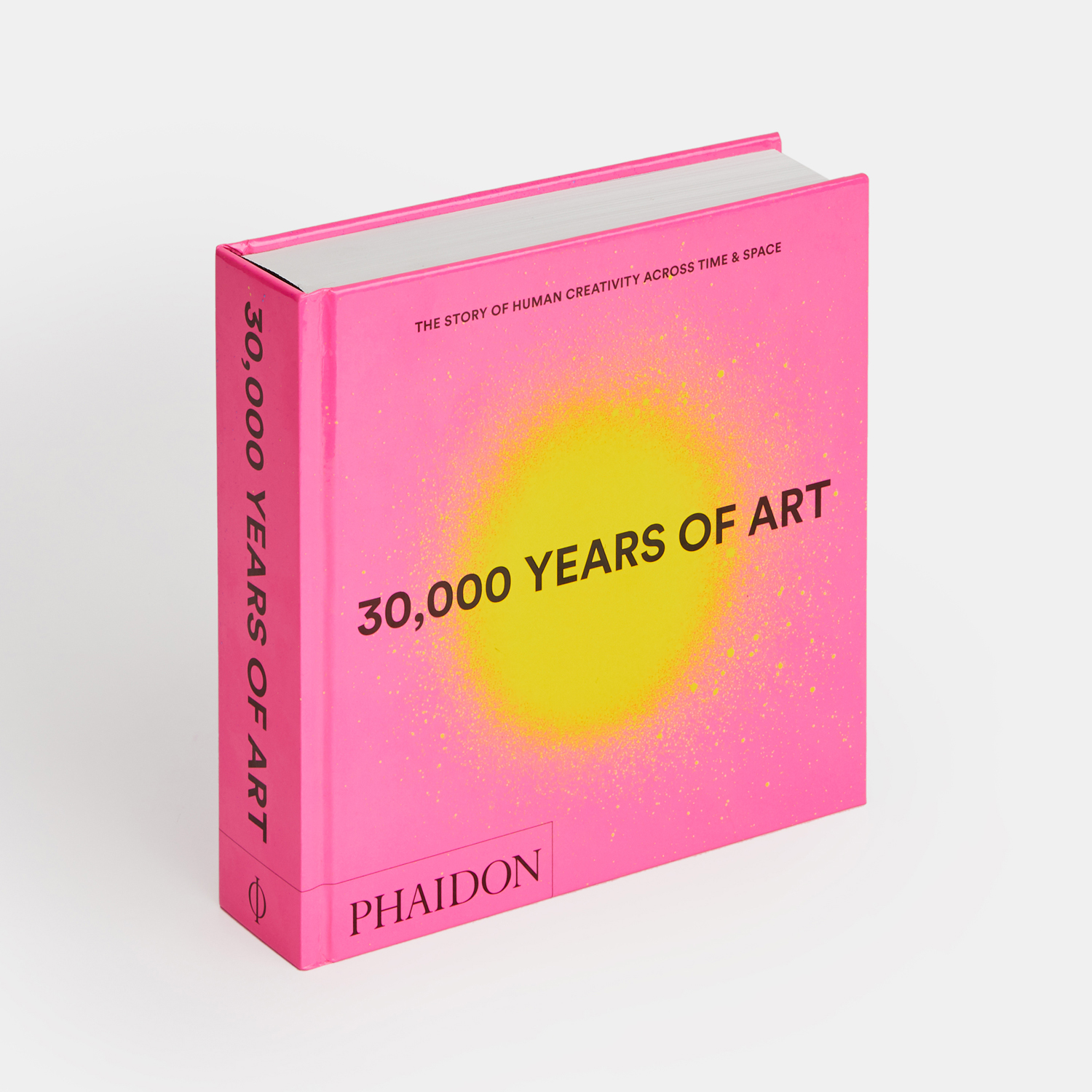
When Rubens painted war for peace
On the anniversary of his birth we dig into 30,000 Years of Art to see how he combined painting and diplomacy
The role of the artist as peacemaker feels like a relatively recent development – we might think of Picasso’s Dove of Peace, the emblem of the 1949 International Peace Conference in Paris, or John Lennon and Yoko Ono’s 1969 bed-ins – but the Flemish Baroque artist Peter Paul Rubens, who was born on this day, 28 June in 1577, also combined his role as painter with that of international peacemaker, as our book, 30,000 Years of Art explains.
“Painted for Ferdinand II de’ Medici, Grand Duke of Tuscany, The Horrors of War (1637–1638; also known as The Consequences of War) is an allegorical response to the Thirty Years’ War that was devastating Europe at the time,” explains our book, 30,000 Years of Art. “A diplomat and scholar as well as an artist, Rubens was compelled to describe the complex imagery of the painting in a letter to his friend and fellow painter Justus Sustermans, from which we learn that Mars, God of War, has left open the temple of Janus – which is closed in peacetime – and heedless of Venus, Goddess of Love, is dragged by the Fury Alekto into mayhem, accompanied by the monsters Pestilence and Fury.
“Cast aside and trampled Underfoot are those benefits of peace that are destroyed by war: architecture, harmony, the arts, letters and procreation, the latter represented by a mother and child. The grief-stricken woman dressed in black, robbed of all her jewels, personifies Europe.”

These were not just idle, artistic visions. Rubens was not only on good terms with the Medicis; he was also knew the Spanish and English courts – each of which were on opposing sides in this incredibly bloody (eight million died), largely religious war. What’s more, at different points in his life, Rubens was raised as a protestant and a Catholic, and, as our book explains, this northern European’s art “was indebted to his youthful years in Italy, where he studied and copied the works of such masters as Titian.”
This places him in a remarkable position to show powerful leaders on either side of Europe, visually compelling examples of war and peace. “The Horrors of War is the antithesis of his War and Peace, painted several years earlier and presented to Charles I of England as a gift,” explains our book.
Neither work entirely brought Europe’s wars to an end; the Thirty Years War ended eight years after the artist’s death. However, his paintings live on as timeless reminder of the cultural costs of large-scale conflict.

For more on Rubens’ place within the longer sweep of art history, get 30,000 Years of Art. For more on contemporary art with a politically charged purpose, get Visual Impact.